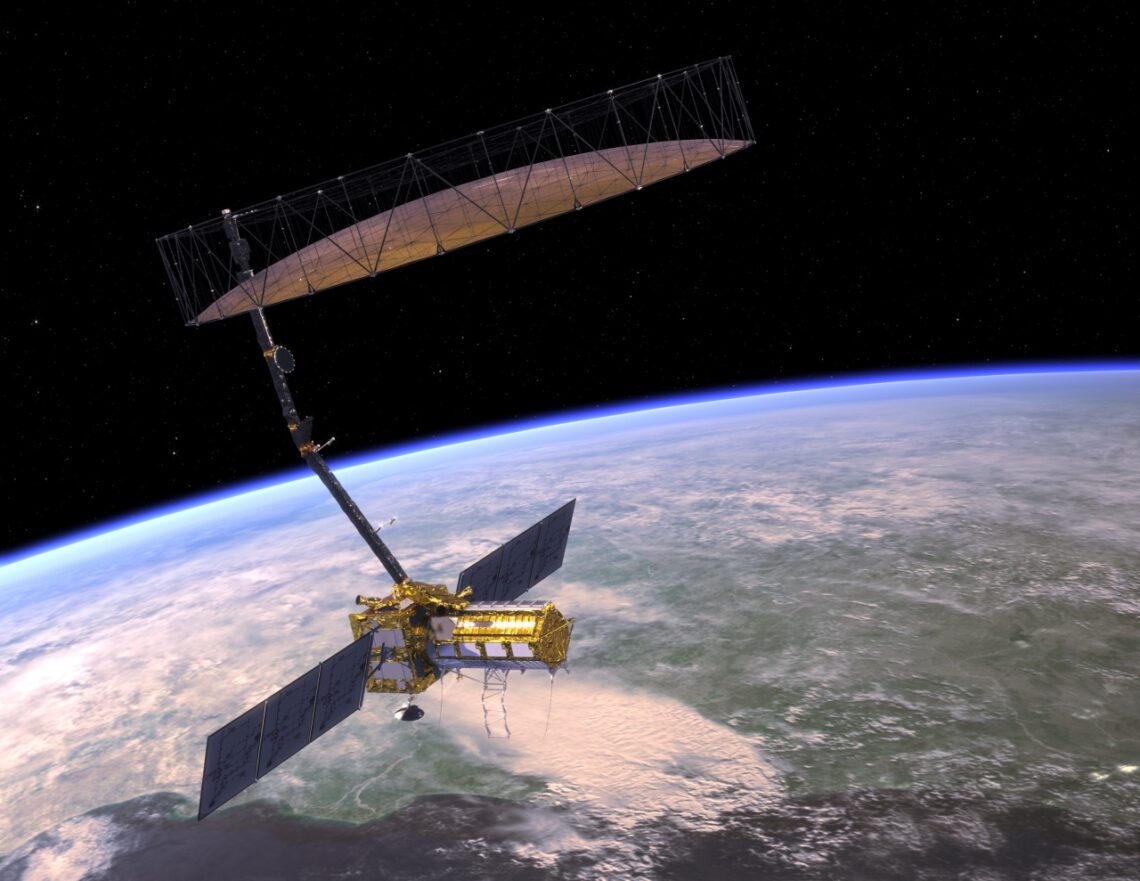WASHINGTON — Modifications to a large deployable antenna on a joint U.S.-Indian radar spacecraft will delay its launch, likely to the second half of the year.
In a March 22 statement, NASA said a new launch date for the NASA-ISRO Synthetic Aperture Radar (NISAR) mission will be set at the end of April because of work to protect the spacecraft’s reflector, an antenna that is 12 meters across when fully deployed, from temperatures when in its stowed configuration.
“Testing and analysis identified a potential for the reflector to experience higher-than-previously-anticipated temperatures in its stowed configuration in flight,” NASA said in the statement. To prevent those increased temperatures, a “special coating” will be applied to the antenna so that it reflects more sunlight.
That work, NASA said, requires shipping the antenna, currently with the rest of the NISAR spacecraft in India, to a facility in California that can apply the coating. NASA did not state how long the process of applying the coating, as well as shipping the antenna to California and then back to India, will take.
NASA officials had previously stated they expected a launch of NISAR in the spring. During a town hall about the mission at the Fall Meeting of the American Geophysical Union in December, project officials projected the mission to launch at the end of March.
In a recent interview with the Times of India, S. Somanath, chairman of the Indian space agency ISRO, said that the launch of NISAR would be delayed from the first quarter of the year, but offered few details about why other than it was not linked to the Geosynchronous Satellite Launch Vehicle (GSLV) Mark 2 rocket that will launch it.
“NISAR is still undergoing testing. It looks like the satellite may be delayed,” he said. Asked when the launch would take place, he said the “second half” of the year.
NISAR is the first Earth science spacecraft collaboration between NASA and ISRO…
Read the full article here

